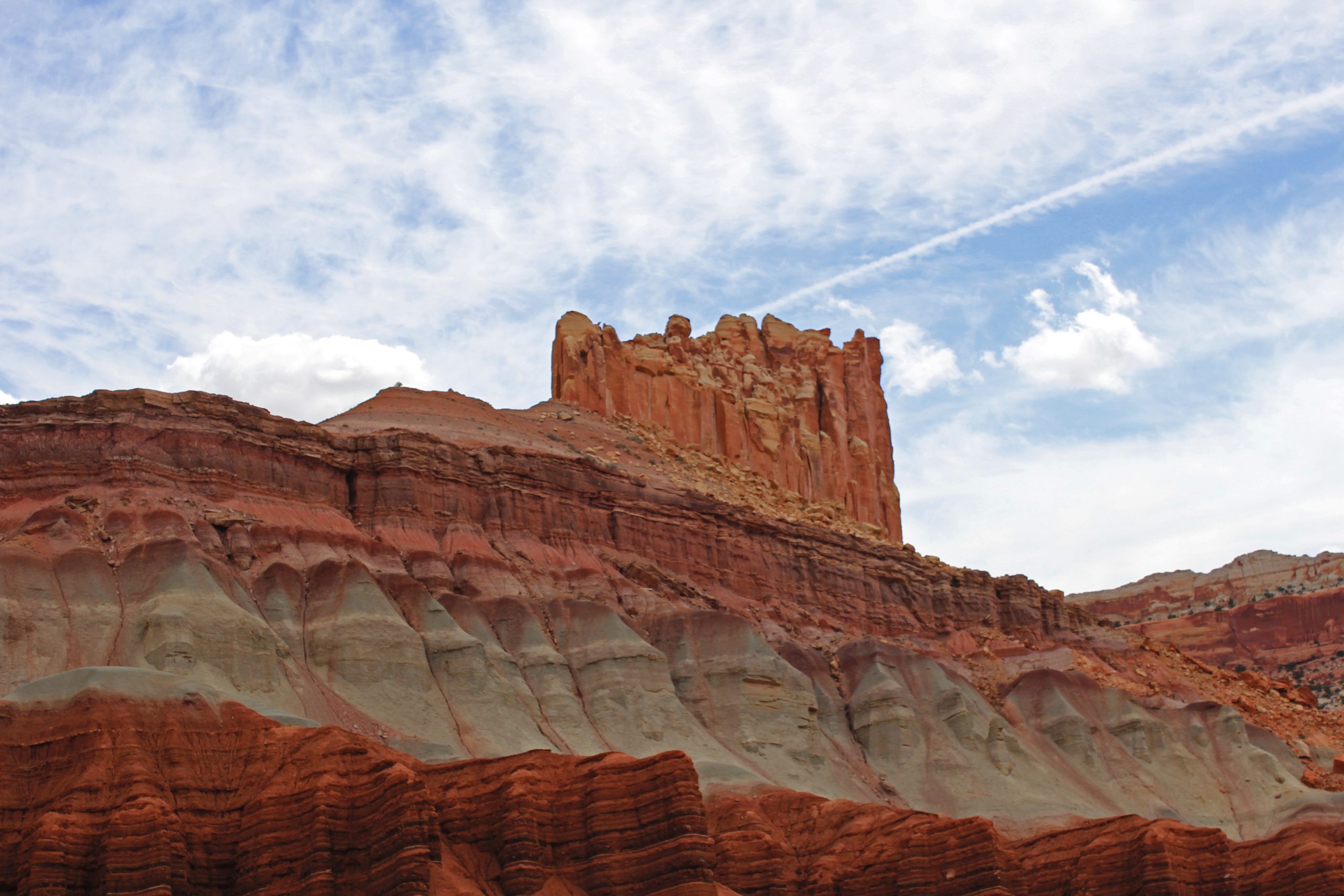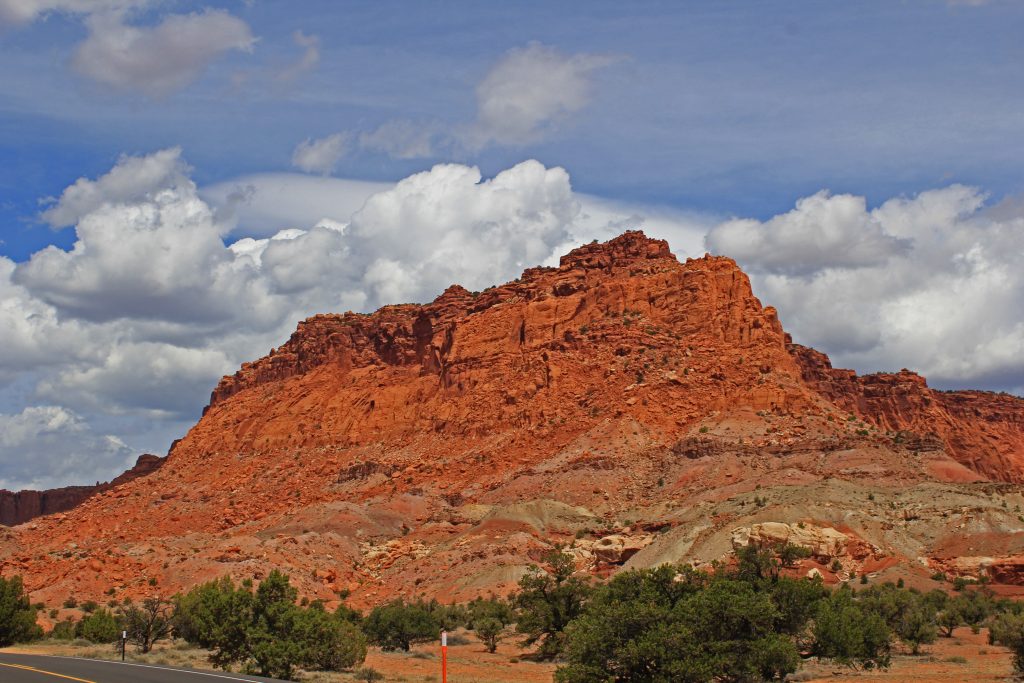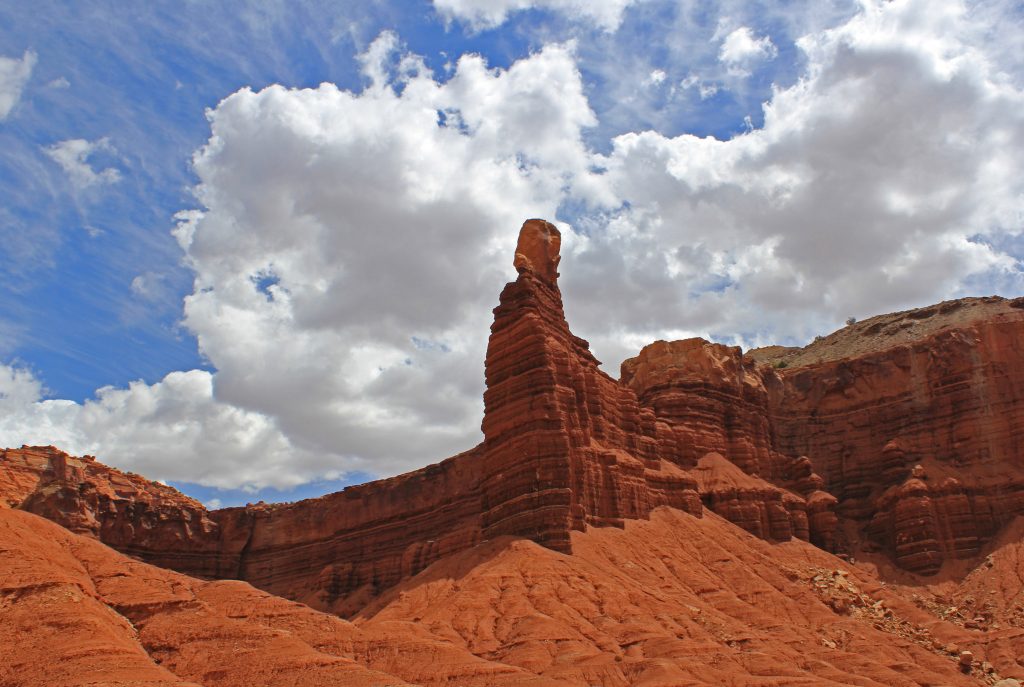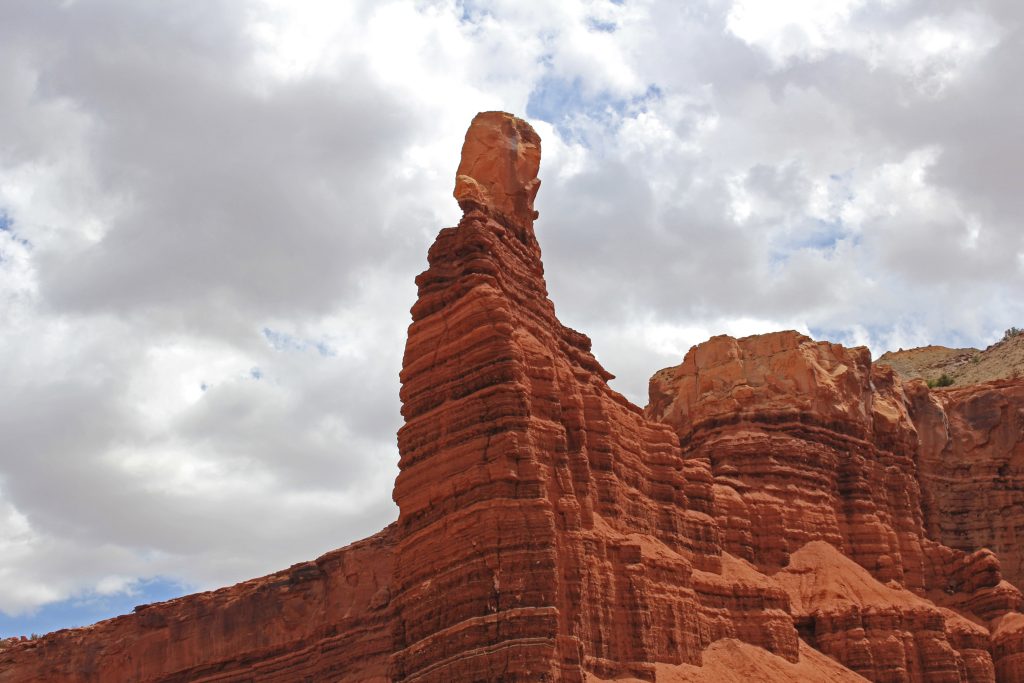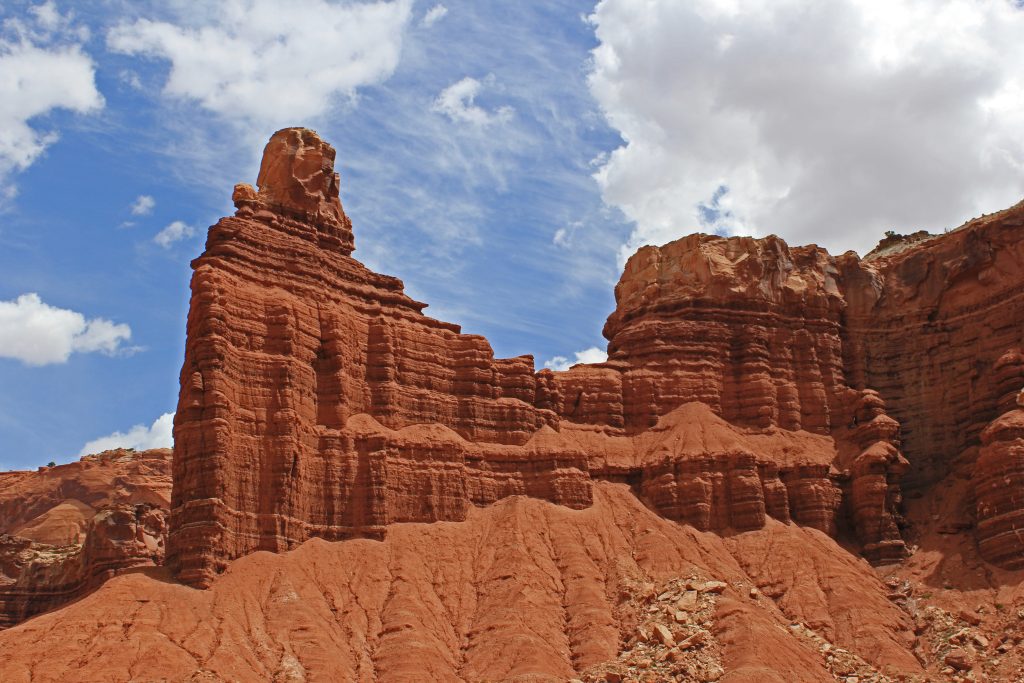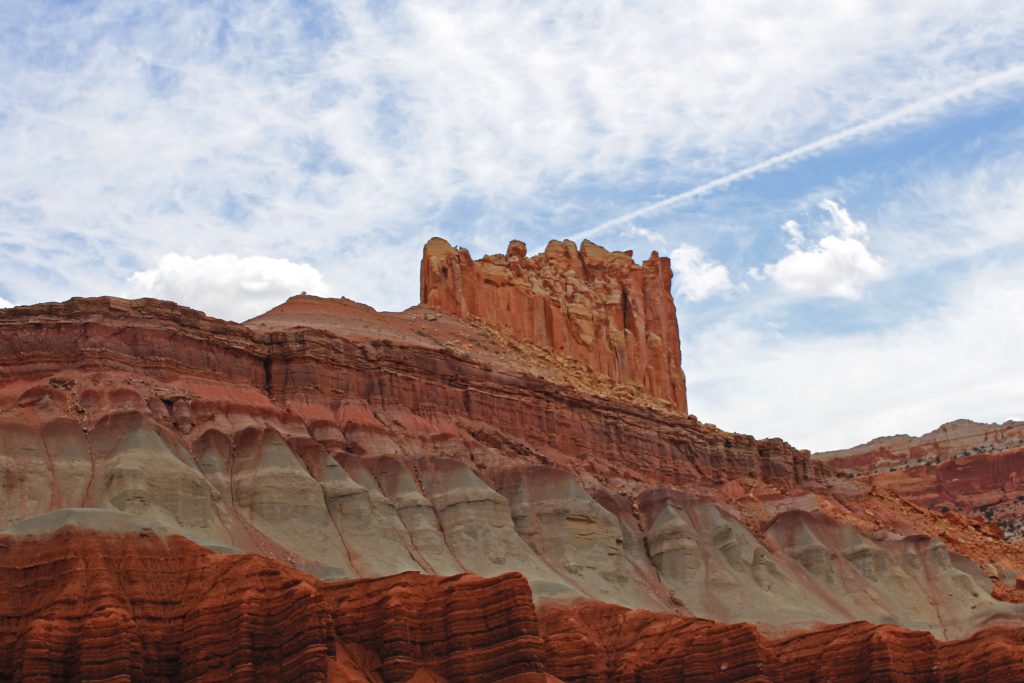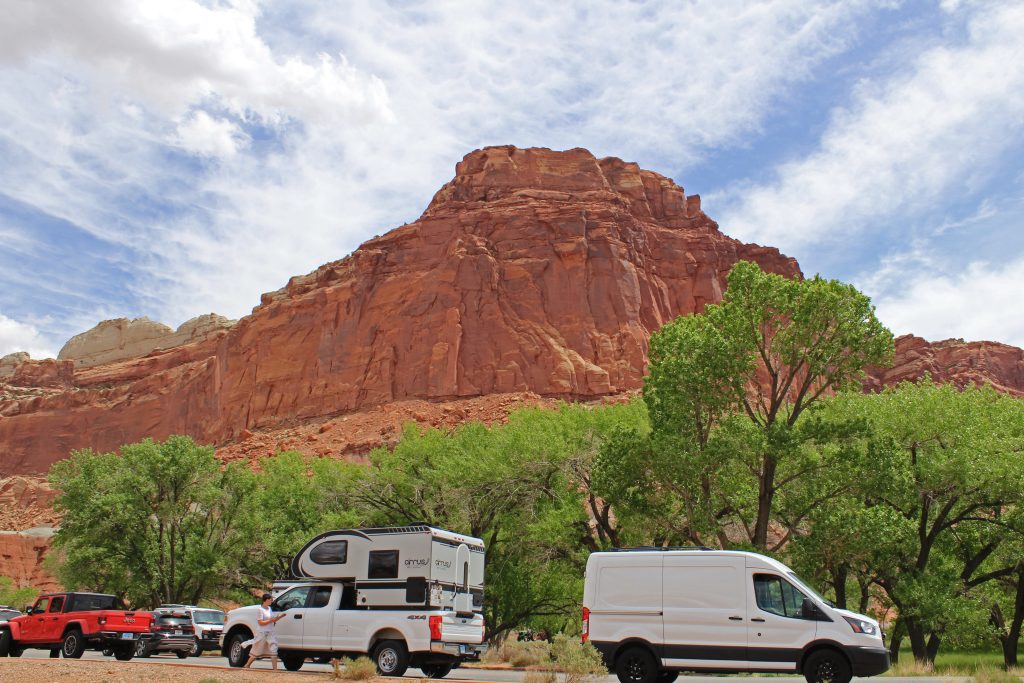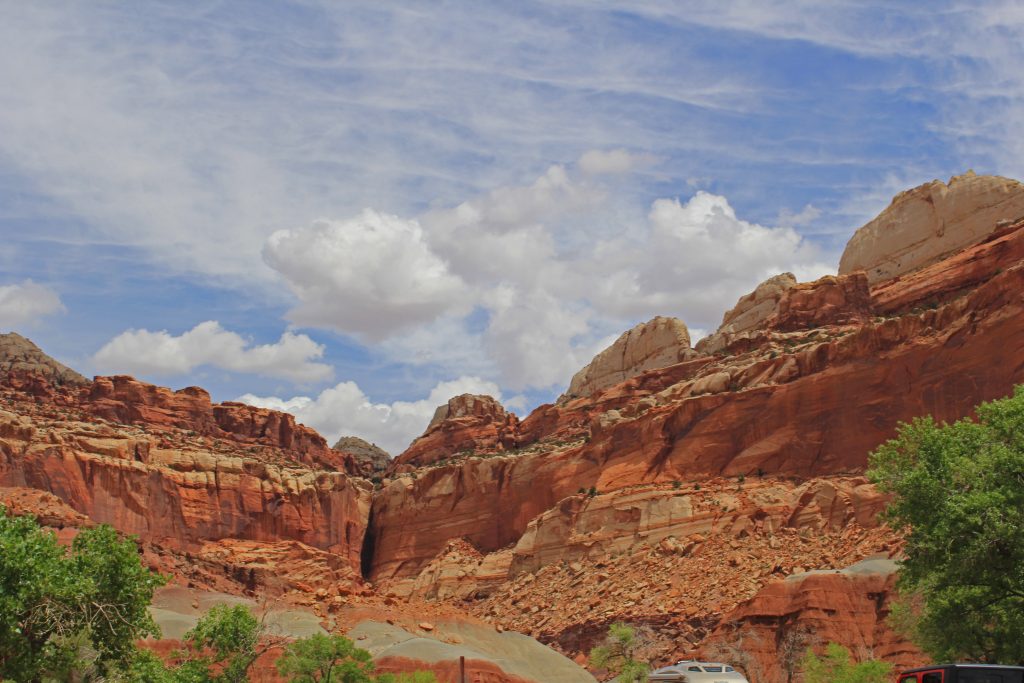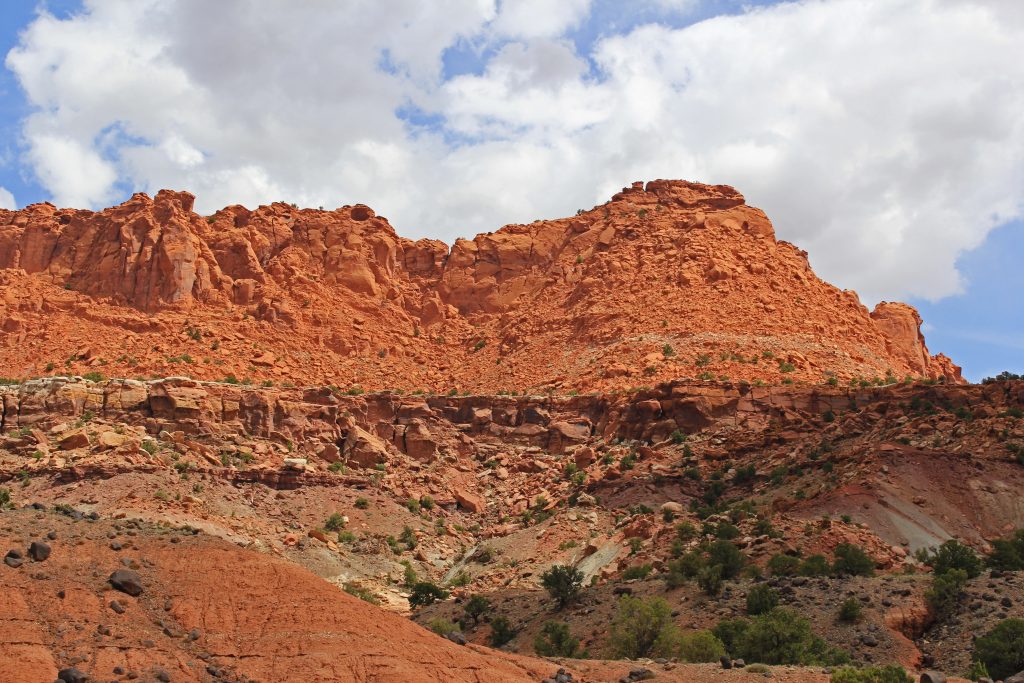
Located in south-central Utah in the heart of red rock country, Capitol Reef National Park is a hidden treasure filled with cliffs, canyons, domes, and bridges in the Waterpocket Fold, a geologic monocline (a wrinkle on the earth) extending almost 100 miles.
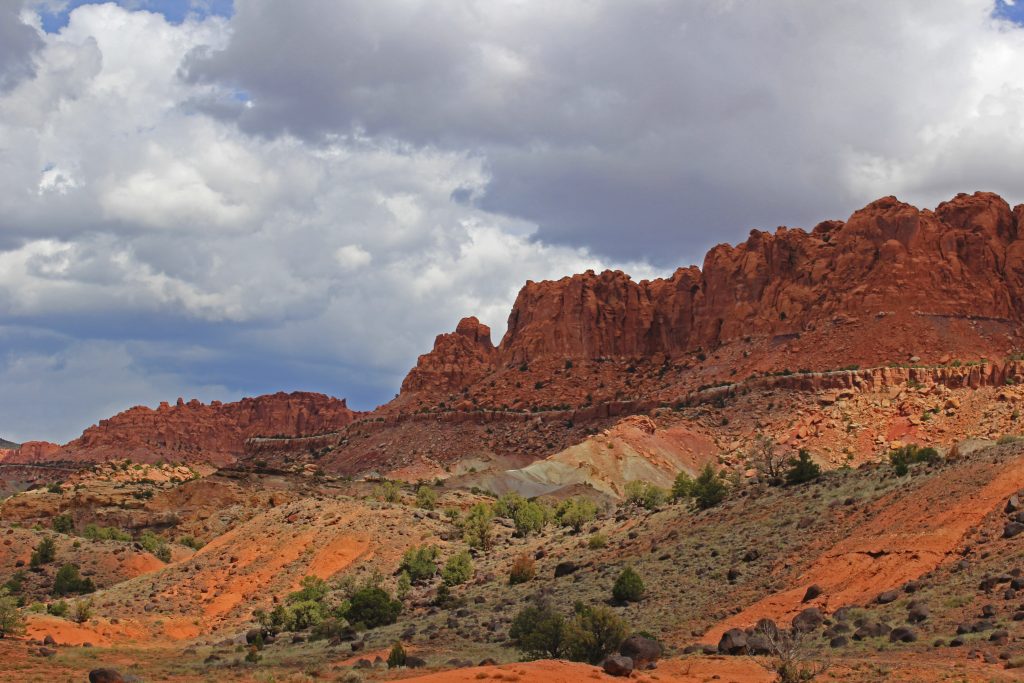
Spring and Fall
March to June and September to October are popular times to visit Capitol Reef, and for good reason. The weather is often ideal for hiking and backpacking, with less chance of snow or dangerous monsoon rains
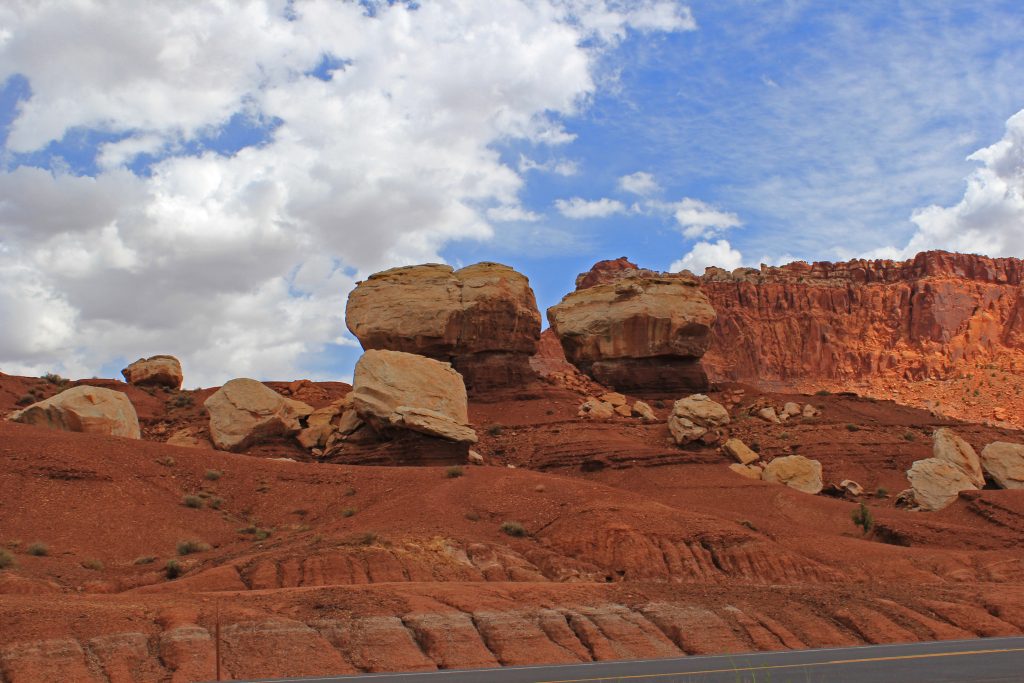
Permits & Reservations
There is no reservation or timed-entry ticket needed to enter Capitol Reef National Park. The park is Busy in the falland it can be difficult to find parking at popular trailheads. Plan ahead and be flexible.
Whether you have a couple hours or multiple days, Capitol Reef is full of opportunities to recreate. The park has something to offer to all visitors. Below are some ideas to get started and suggested itineraries.
The National Park Service prepares a variety of planning and environmental documents to help guide in managing park resources. The NPS Planning, Environment and Public Comment (PEPC) site contains all currently active plans and environmental documents for the National Park Service.These documents range from site-specific impact analyses on facility locations to broader park-wide plans for future use and management of a park. Your opinion does count, so please provide feedback and submit comments for any documents available for public review.
The geologic story of Capitol Reef can be broken down into three steps, each of which occured over millions of years of geologic time: deposition, uplift, and erosion.
|
